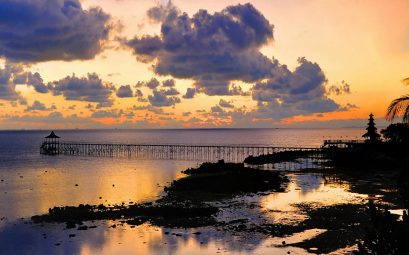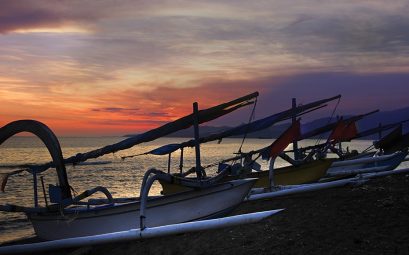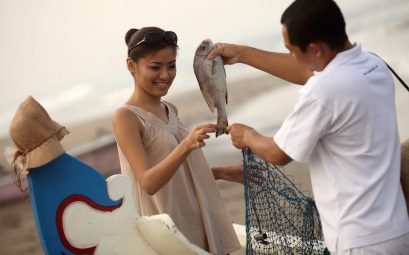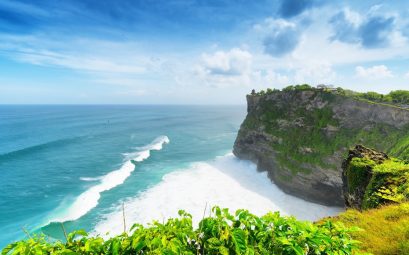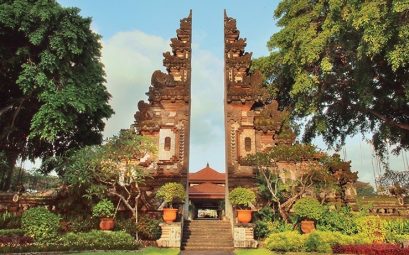The essentials for Indonesia
Certain countries have visa on arrival, some nationalities do not need a visa, while a few select countries need a pre-approved visa to enter Indonesia. Check the details for your country before traveling. Also, there are certain airport, sea ports and land entry points that process visas, so check these before booking your tickets. You can exchange your currency for the local Rupiah at the airport or one of the many exchange places around, but make sure to check you are getting a good rate.
The climate stays almost the same throughout the year due to the proximity to the equator. It is usually warm, humid and rainy, so pack and dress comfortably but modestly. Carry something warm if you plan to trek or go into highlands. Check for rains before planning treks or venturing out into the sea.
You will need to hone your bargaining skills if you are shopping, taking a private taxi or shuttle, or even buying everyday things, or you will be heavily overcharged as tourists. If you are bad at bargaining, prepare to see your money finish in no time in the country, even though traveling in Indonesia is not very expensive.
Internet and phone connectivity is relatively good even in remote places, but ensure to buy a pack that suits your requirements. There is a list of emergency number available, which you should keep handy at all times.

